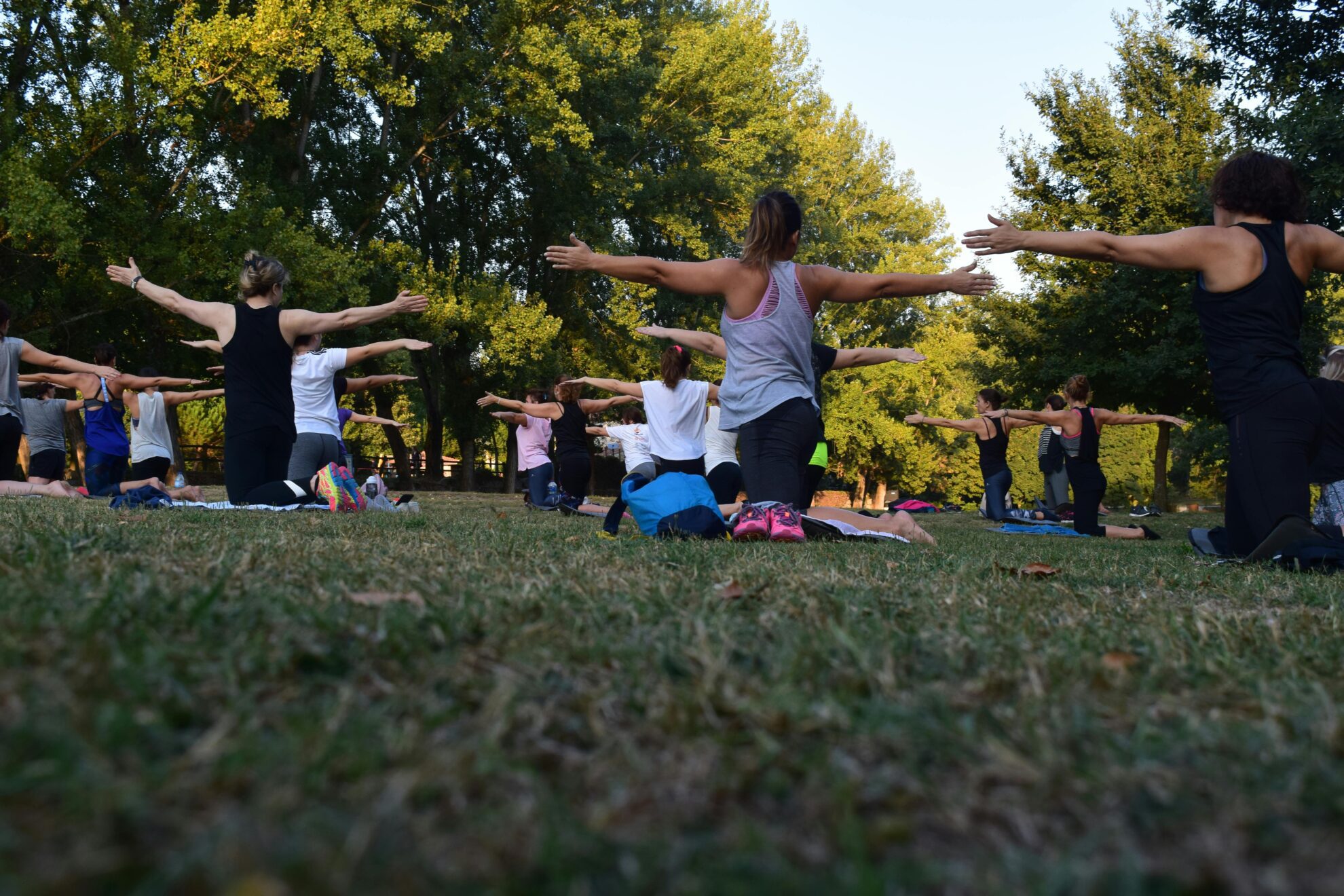How Quitting Culture Sabotages Organizational Success

Introduction
“Quiet quitting,” “The Great Resignation,” “acting your wage”—these phrases have entered our lexicon, reflecting a seismic shift in how employees view their roles and, by extension, how they view their managers. Quitting culture, once a rare phenomenon, has now become a significant disruptor in many workplaces.
Beyond high turnover rates, quitting culture signals deeper issues in leadership, communication, and organizational priorities. In this post, we’ll explore the roots of quitting culture, its effects on management, and strategies leaders can employ to reclaim engagement and rebuild trust.
The Rise of Quitting Culture
Quitting culture gained momentum during the COVID-19 pandemic. A report by McKinsey revealed that 40% of employees considered leaving their jobs in 2021, citing burnout, lack of flexibility, and inadequate support as key reasons. By 2022, the U.S. Bureau of Labor Statistics reported a record 4 million people quitting their jobs every month—a trend dubbed “The Great Resignation.”
Take the case of Shopify, where CEO Tobi Lütke publicly acknowledged the challenges of retaining talent in a distributed workforce. Amid resignations, Shopify revamped its perks and professional development opportunities, signaling an understanding of shifting employee priorities.
The Management Perspective
For managers, quitting culture isn’t just an HR headache—it’s a destabilizing force. High turnover drains institutional knowledge, fractures team cohesion, and spikes workloads for those who stay. A Deloitte survey found that 59% of leaders experience heightened stress levels due to increased resignations within their teams.
One striking example comes from Tesla. When Elon Musk mandated a return to office, reports surfaced of employees leaving in droves, many citing misaligned values and leadership styles. This highlighted how top-down management decisions without employee input can exacerbate quitting culture, especially in industries already grappling with talent shortages.
Underlying Causes
Quitting culture thrives on unaddressed systemic issues:
- Value Misalignment: Employees increasingly prioritize purpose-driven work, but 70% feel their leaders don’t embody company values, according to Gallup.
- Burnout: WHO declared burnout an occupational phenomenon, with employees reporting heightened stress post-pandemic. The healthcare sector, where burnout rates among nurses exceed 40%, offers a poignant example.
- Lack of Growth Opportunities: A LinkedIn survey revealed that employees are 12 times more likely to leave if they feel unsupported in career development.
These insights show that quitting culture isn’t just about dissatisfaction—it’s about systemic missteps that breed disengagement.
What Can Leaders Do?
Proactive leadership can dismantle quitting culture. Here’s how:
1. Embrace Transparency and Communication
Open feedback loops can prevent grievances from festering. For example, Microsoft launched a “listening strategy,” using employee surveys and one-on-ones to shape its hybrid work policies. The results? Higher satisfaction scores and lower attrition rates.
2. Build a Safe-to-Fail Culture
Encouraging experimentation helps employees feel valued. Avidon Health’s leadership implemented a “fail-forward” framework where teams are rewarded for innovation even if projects fall short. This approach has driven engagement and increased innovation.
3. Invest in Mentorship and Growth
Employees need visible pathways for advancement. Google’s “20% time” policy, which lets employees dedicate one day a week to personal projects, has birthed initiatives like Gmail. The program reinforces Google’s commitment to fostering creativity and professional growth.
4. Recognize Contributions

Acknowledging effort—even in small ways—keeps morale high. A Harvard Business Review study showed that employees who feel appreciated are 50% less likely to look for new jobs. When Apple faced Steve Jobs’ temporary departure in the 1980s, the company experienced significant turbulence. However, during his return, Jobs emphasized the collective efforts of the team—bringing focus and innovation back to the forefront. By fostering a culture of collaboration, the company eventually delivered groundbreaking products like the iPod and iPhone, underscoring that success isn’t about one star but about the combined strength of a well-led team.
The Broader Implications
Quitting culture is a mirror reflecting evolving societal values. It urges us to rethink how we engage, motivate, and retain talent in a rapidly changing world. Workers increasingly demand flexibility, purpose, and wellbeing—not just a paycheck.
As you reflect on your own management style, ask: Are you empowering your team to thrive, or inadvertently driving them away? The answer may hold the key to transforming quitting culture into a culture of loyalty and shared success.












 If you’re reading this, chances are you’re navigating the exciting but challenging moments of rapid growth. Maybe your company is doubling in size, or you’re adding new layers of management for the first time. Exciting, right? But let’s be honest: it’s also a bit terrifying, especially when it comes to preserving the unique company culture that has made your team successful.”
If you’re reading this, chances are you’re navigating the exciting but challenging moments of rapid growth. Maybe your company is doubling in size, or you’re adding new layers of management for the first time. Exciting, right? But let’s be honest: it’s also a bit terrifying, especially when it comes to preserving the unique company culture that has made your team successful.” One CEO of a software startup described their wake-up call: a top-performing employee resigned, citing a “disconnect” between the company’s stated values and how decisions were being made. “It hit me hard,” the CEO admitted. In response, they launched leadership training for all managers, emphasizing how to embody company values in everyday decisions. They also created a “values in action” award, recognizing employees who exemplified the culture.
One CEO of a software startup described their wake-up call: a top-performing employee resigned, citing a “disconnect” between the company’s stated values and how decisions were being made. “It hit me hard,” the CEO admitted. In response, they launched leadership training for all managers, emphasizing how to embody company values in everyday decisions. They also created a “values in action” award, recognizing employees who exemplified the culture.

 Are digital tools being utilized effectively to monitor progress and encourage participation?
Are digital tools being utilized effectively to monitor progress and encourage participation?











